Back to blog
How Polluted is Your Home?
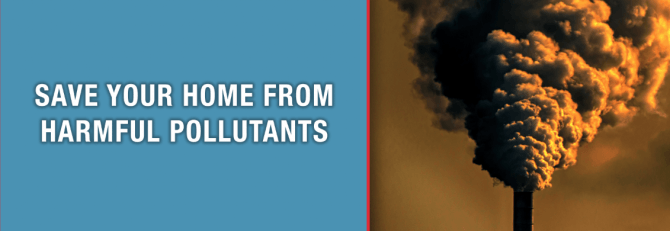
Here’s an interesting question: Did you know that formaldehyde is one of the most prevalent indoor air pollutants?
If you just did a double-take, you’re not alone.
Many of our customers are shocked when they discover that this notoriously toxic compound can be found in the air they breathe within their own homes. Fortunately, there are a number of ways that homeowners and heating and air professionals can work together to reduce levels of this harmful substance and improve indoor air quality.
Let’s explore some of these strategies so that you can protect your home and loved ones from this silent danger!
But first, let’s take a look at what exactly formaldehyde is and how it can enter the home.
Formaldehyde is an aldehyde, belonging to a class of substances commonly referred to as VOCs or volatile organic compounds. At room temperature, formaldehyde is a colorless, yet strong-smelling gas, that was proven through studies in the 2011 National Toxicology Program to be a known human carcinogen. Formaldehyde exposure has also been linked to a range of other health issues. Short-term exposure symptoms include inflammation of the eyes, nose, and respiratory tract, as well as headaches. More long-term exposure can affect memory and cognition, skin lesions, asthma, and cancers of the nose and throat.
So, with all the known dangers of this compound, how does it make its way into our homes?
Although dangerous to our health, formaldehyde does have some remarkably useful properties when it comes to industrial use. One application is in the production of resins and adhesives that are used to manufacture pressed wood building products such as plywood and particleboard. Other popular uses of formaldehyde-based resins are in polyurethane, carpeting adhesives, insulation, pre-finished flooring, and even to add strength to common household items such as paper towels.
Due to its prevalence in this wide assortment of home materials, formaldehyde gets introduced to the home during any construction project, whether it’s a new build, or a remodeling project. Additionally, formaldehyde can continue to make its way into the home even after any building projects are complete, such as, when we vacuum the carpet (thereby releasing trapped gases), use certain cleaning products or paints that contain the substance, or use printers and copiers that release ozone, which can react with other VOCs to produce formaldehyde.
Now that we know a bit more about what formaldehyde is and how it gets into our homes, let’s talk about what we can do to keep ourselves safe.
Take Steps Towards Prevention
As the old saying goes, “An ounce of prevention is worth a pound of cure.” Now that you are informed about the potential dangers of building materials containing formaldehyde, you can do your due diligence to select products that are free of the harmful chemical. To start:
- Look for building or remodeling supplies that are labeled to meet safety standards as issued by the American National Standards Institute (ANSI) or the California Air Resources Board Airborne Toxic Control Measure (CARB ATCM).
- Use outside agencies like Greenguard, a division of Underwriters Laboratories (UL), that help homeowners identify products and materials that have low chemical emissions.
- Select paints and finishes that are labeled “no-VOC.”
- Use insulation that is free of UF foam.
- Let any materials that may still contain small amounts of formaldehyde to sit outside for a number of days to “off-gas” before installation.
- Carefully read the label of cleaning supplies and other household products. Generally, formaldehyde will not be spelled out clearly, but if you see the ingredients imidazolidinyl urea, quaternium-15, or diazolidinyl urea, that is a clue that they contain the compound and should be avoided.
Ensure That You Have the Right Ventilation
Making sure that your home has the proper air-circulation, ventilation, and temperature and moisture control is a critical part of managing indoor air quality. Let’s look at some of these in more detail:
- Stay cool. When the temperature in your home gets too high, VOCs like formaldehyde become even more volatile. Having a high-quality home air conditioning system installed and serviced by a professional is a key component of air safety.
- Use a high-quality air filtration system. Many home filtration systems are designed only to remove particulate matter from the air. However, there are systems that additionally target gaseous compounds. Seeking the assistance of a knowledgeable, well-trained heating and ventilation specialist will help you select a system that is right for you.
- Check your appliances. Proper ventilation also includes making sure that your appliances are ventilated properly. Combustion, whether it is from a wood stove, gas or propane cooking appliance, or even a gas dryer in the laundry room, is a prime source of formaldehyde and other toxic air pollutants. It is a good idea to have a professional check the ductwork and ventilation systems on all the appliances in your home that use combustion.
- Manage moisture. High humidity levels in your home can exacerbate issues with formaldehyde. Especially in areas like the bathroom and kitchen, your home should be equipped with high quality ventilation to remove the high amounts of moisture from cooking and showering. To really maximize this, consider speaking to a professional about some of the latest systems that include built-in moisture sensors. These systems will provide maximum performance, and can also provide the convenience of automatic operation, as well as energy savings by shutting off when they are not needed.
Go Green – Literally
One simple, tried-and-true strategy for reducing the effects of VOCs is plants. Beyond absorbing CO2, plants can help absorb formaldehyde and other noxious compounds from the air in your home. According to research, mums, Boston ferns, spider plants, philodendron, and golden pothos ivy are species that are particularly helpful to have around.
According to Bill Wolverton, a NASA scientist that studied the effect of house plants on indoor air quality, the magic number of plants seems to be about two “good size” plants per every 100 square feet of living space.
As an added bonus, you’ll have some nice scenery to go with that sharp new HVAC system.
Formaldehyde and indoor pollution can mean serious and scary business. But now that you know a thing or two about what causes this pollutant and how to prevent it, you’re on your way to building and maintaining a living space for you and your family that is fresh, healthy, and vibrant.
If you want more tips on how to keep your home pollutant-free or are in need of general information regarding indoor pollutants and how they impact indoor allergies, you should read, Prevent Indoor Allergies: How to Allergy-Proof Your Home by the experts at RedFin.
If you have any questions and/or concerns about the air in your home or office, feel free to contact Suburban Companies today.










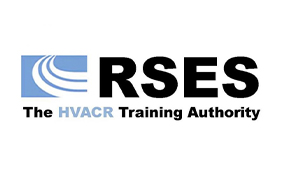
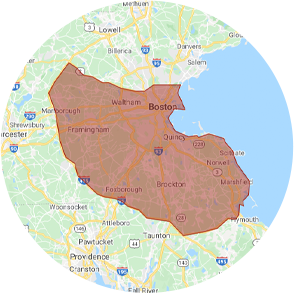
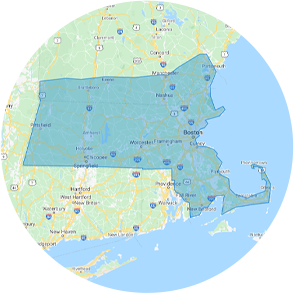
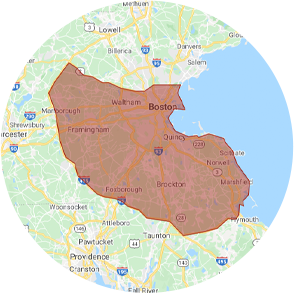
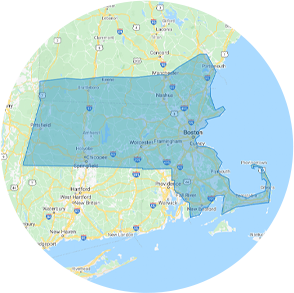
 Blue Corona
Blue Corona